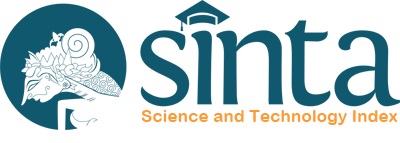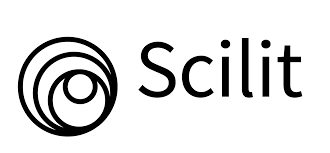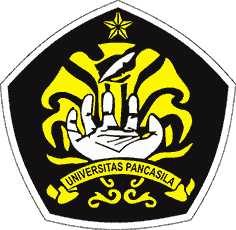Simulasi Thermal-Struktur Blade Stage Satu Turbin Geothermal
DOI:
https://doi.org/10.35814/asiimetrik.v3i1.1737Keywords:
ANSYS, CATIA, turbine blade, stainless steelAbstract
Condensing type geothermal turbine is a mechanical device that used to convert thermal energy into mechanical energy, then after converted to electrical energy in the generator by the rotation of the rotor’s magnetic field. Development of blade material for geothermal turbine application which using local content is crucial due to the blade’s turbine are 100% imported. So, efforts to produce blade material with high local content are very strategic to support national energy independence in the future. The Agency for the Assessment and Application of Technology (BPPT) started from 2020 until 2023 will focus on the development of the blade material for geothermal turbine application. As a starting point of the research, modelling and virtual testing of the stage-1 blade turbine were performed. In this study, the model is done in CATIAV5 software. Solid model is then imported to ANSYS workbench 15.0. Thermal-Structural analysis of turbine blade using the Stainless steel-based alloy with the ANSYS workbench 15.0 was carried out. In the thermal analysis, the model is given temperature, convective heat flux transfer coefficient and atmosphere gas temperature and then is solved for the heat flux distribution over the blade surface. The obtained heat flux distribution is taken as the thermal load into the Static structural analysis. In the static structural, the obtained model is given structural load, namely centrifugal force. The model is then conducted virtual testing in order to obtain stresses and deflections. The results showed that the model of stage one blade turbine is safe when operating at the determined loads.
Downloads
References
Alekhya, S. P. (2018) ‘Modeling And Analysis of Steam Turbine Blade’, International Journal of Advance Engineering and Research Development, 5(04).
Bhargav, R. et al. (2017) ‘Structural and Thermal Analysis of Steam Turbine Blade Using FEM’. Available at: https://www.semanticscholar.org/paper/Structural-and-Thermal-Analysis-of-Steam-Turbine-Bhargav/5beee9faa689e8c3ef7c5eb63af951372db61d10.
Devarmani, R. S. and Ramesh, K. (2018) ‘Design and Thermal Analysis of Steam Turbine Blade’, International Research Journal of Engineering and Technology (IRJET), 5(8), pp. 1644–1650.
Durga, K. S. N. and SAI, D. (2015) ‘Design and Analysis of Steam Turbine Blade using FEA’, international journal of scientific engineering and technology research (ijsetr), 4(29), pp. 5661–5665.
Eugene, A. C. and Prescott, E. (2021) Steam Turbine Blade Reverse Engineering, Upgrade and Structural Design. Available at: https://www.powermag.com/steam-turbine-blade-reverse-engineering-upgrade-and-structural-design (Accessed: 10 January 2021).
Pambudi, N. A. (2018) ‘Geothermal power generation in Indonesia, a country within the ring of fire: Current status, future development and policy’, Renewable and Sustainable Energy Reviews, 81, pp. 2893–2901. doi: https://doi.org/10.1016/j.rser.2017.06.096.
Robert, H. W. (2021) Fossil Energy. Available at: https://iiasa.ac.at/web/home/research/Flagship-Projects/Global-Energy-Assessment/GEA_Chapter12_fossils_lowres (Accessed: 10 January 2021).
Soares, C. (2014) Gas Turbines: A Handbook of Air, Land and Sea Applications. Edited by Butterworth-Heinemann. USA: Elsevier Science & Technology Books.
World Energy Council (2016) World Energy Resources 2016, World Energy Council. Available at: https://www.worldenergy.org/publications/entry/world-energy-resources-2016 (Accessed: 12 October 2020).





























